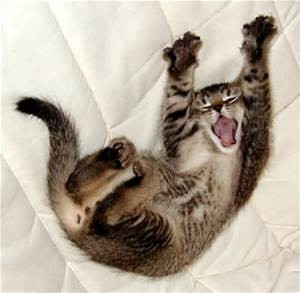I think everyone has been a least fascinated in the period of the dinosaurs. From growing up with tyrannosaurus toys, to the modern day films like Jurassic World, it is close to impossible to forget that these magical beings, once walked the very ground we do today. Dinosaurs fascinate a lot of people, including me, for many reasons but I know for myself, one thing that I find myself stuck on is that at one period in time, all of the dinosaurs became flushed out and extinct.. or did they?
Scientists have made some of the most incredible findings with fossilized rocks. From finding almost the entire structure of a dinosaur from thousands of years ago, to finding some fossilized cells making it possible to do even more thorough research, it is no surprise that dinosaur discoveries are still on our radar.
It was discovered that birds are actually evolved from a group of dinosaurs called Theropods. Of course, this has been discovered through the findings of multiple fossils and such, but as it turns out Theropods and the birds we see today, have the same structure of feet, that we see on present day birds. Theropods walked on two legs back in the times of dinosaurs just like how birds in modern day can walk on both their feet. Something that we see in modern day birds is that size was an evolutionary adaption to be able to survive and have the best chance of survival. Being smaller is not only an advantage to not be seen by your prey, but also to move around more quick with a lot less weight, especially since many birds these days can fly.
It is believed that dinosaurs, being the in reptilian family, are also linked to modern day animals such a turtles, snakes and etc, but this research has yet to be studied more extensively through fossils and such.
Sourceshttp://img07.deviantart.net/2961/i/2012/329/f/6/theropod_phylogeny_by_ntamura-d5m5qnu.jpghttp://smashinghub.com/wp-content/uploads/2011/07/big-bird-photographs-1.jpghttps://www.quantamagazine.org/http://scienceline.ucsb.edu/http://www.imdb.com/title/tt0369610/









